“I will let them experience that fear through their whole body and mind tomorrow.”
– kkOma
At the MSI 2016 Final, we saw a unique event in which 2 teams picked and banned the same champions in 2 consecutive games. Unique events in League are usually constrained to weird picks that we don’t expect at times we don’t expect. One particular example stands out in my mind: when Fnatic pulled out the Kennen ADC for Rekkles against EDG at Worlds 2015. I am sure that most of you readers are aware, but pulling out a pick like this has a surprise factor that our very measured professional teams cannot account for in the lead up to a game. I want to explore the concept of mind games deeper and develop their importance in all aspects of the game.
Picks and Bans
The “crazy” pick during Picks and Bans is perhaps the easiest to dissect, so we can start there. Picks and Bans (PnB) is the phase of a game that can be most telling when it comes to a team’s strategy and positional priorities. Teams might be looking for power picks, overall utility, counter matchups in laning or team fighting, counter match ups against specific individuals, pocket picks, objective supporting picks – there is a huge list that continues. Champions don’t usually have one role, and depending on the player or the strategy, they can be used in various applications. Given, some champions excel greatly at one role – but there is diversity in the use of champion kits that support that champion being utilised in a different way. Early Graves jungle is a great example of this, along with Kennen ADC and Twitset Fate jungle. Behind these picks, despite the advantage a team believes they will be able to exact on the Rift, is the unknown factor behind the use of their abilities. Everyone knows TF has a stun card, but how does that implement into creating successful ganks? We don’t know until we try or see it do we…?
Deeper though, this creates seeds of doubt and uncertainty throughout the rest of the PnB and leads into the game. If a team pulls out a pick that hard counters a match up that you didn’t see coming, and it has shocked you, your team and your coach, how do you then face that lane? What do you do about the strategy you had planned pregame if your necessary lane pressure has all but been ruined by an out of the blue pick? How does this interact with the actions and plans of the rest of the team? It even comes down to movements, and places the question in your mind about your positioning in lane. Can you take that creep without getting caught out? Can you stand close to that wall or brush safely? Adding this hesitation and uncertainty into the mindset of a player can give you a considerable advantage. Can. Depending on who you are facing, this may tilt someone or it will not. Some individuals are extremely knowledgeable on matchups and champions in weird places, and it doesn’t bother them. Others are on teams that have a mindset that allows them to be steadfast in their approach, see past the pick and its advantages, and focus on their own goals. Further to this, some players can be confident enough in their skill level that they are able to overcome the disadvantage they see. This flows onto picks that individual players are particularly strong on. This is most effective when the player is on a team that has a system to best take advantage of the skills and attributes of the player and the champion, but nonetheless, some picks strike fear into the hearts and minds of everyone playing and indeed watching.
Faker
Faker might be the best definition of this idea, and for good reason too. Despite all of the narrative around the “Unkillable Demon King” (referencing the player, not the Kimes article) during MSI, and the hullabaloo around journalists writing excellent Faker pieces and who is better and who isn’t, there is an undeniable aura around the SKT champion select. I am channelling him besides all of the focus on him. We all know and have preconceptions, misconceptions and our own perceptions about who and what this iconoclastic individual provides to League of Legends and eSports in general. I want to explore, outside the spectacle, what his presence provides to a match. In his professional career, Faker has played 42 individual champions. He has a 74.2% win rate for his games played. His overall KDA in his position (professionally he has only played mid) is 5.06/2.27/6.21. A notable champion he has been unsuccessful on is Xerath – 7 games played for 2 wins with 3/2.29/3. He has 9 champions in total with a 50% or less win rate, but usually there has only been 1 or 2 games played (Xerath is the exception). But;
- 6 Riven and 6 Cassiopeia games for 100% win rate
- Ryze – 18 games – 83%
- LeBlanc – 14 games – 85.7%
- Zed – 11 games– 90.9%
- Viktor – 15 games, Kassadin – 10 games – 80%
- Twisted Fate – 9 games – 88.9%
- Lulu, Orianna, Azir – 20+ games each – average 70%
Let’s just stop there – this piece isn’t just about Faker. But we can see historically, Faker has had incredible success on a huge number of champions that make his presence in PnB incredibly precarious for opposition teams. What is he going to pick? What comp is it going into? Is it a flex pick, because he can play almost anything? Riven, Irelia, Yi, Olaf – they have been used before, and they are a mage’s nightmare – do we need to account for this? Which of the lesser evils do we want to face in-game and which one do we ban? Who do we ban? What do we ban? What about another position? This SKT example is excellent to use because this team has a habit of building a composition that has a goal in mind – Faker’s pick is usually not just about the 1v1 match up, but he will probably win that regardless. There are so many strong picks around SKT as a whole, that Faker can’t be successfully capped. But he provides another dimension to this phase of the game and makes it difficult for the opposition to account for. There have also been examples in the past where Faker has picked the exact same champion that his opposition has picked ingame 1. This has been more prevalent in 2015, with examples against Najin, Samsung, Sbenu and the GE Tigers in the Spring Final. The Azir pick was a very strong one in 2015, and perhaps it was a contested pick and important to pick up which may account for some of these instances. But if you’re a Mid, and Faker picks the champion you just had and wrecks you on it (which he did), it’s a lesson you won’t soon forget. Everyone watching also sees Faker’s smug, subtle lip curls which could be interpreted as a smile, and you know that he knows exactly what he is doing. That fear starts to pop up again in the back of you mind, like the Pea that bothered the Princess in the fairy tale.
This isn’t a piece about Faker and SKT – but it sure does seem like it, I know. It is probably because SKT has the facilities to do so – their teamwork and structure are a class above – we can see this in their results. Consistency when it counts is a true sign of a quality team. Koreans probably do it best to be quite honest. I am not saying that no one else is capable, as we have Froggen on Anvia, Bjergsen on an Assassin, UZI on Tristana back in the day, Dade or Deft too possibly. Mata now has quite a name for himself and perhaps instils the same kind of worry in teams, as does perhaps Imp and Forg1ven. But none quite come up to the fear that Faker’s LeBlanc or Zed strike into players hearts. Feel free to educate me on some of these other picks that you see players having fear striking picks that worry entire team comps.
Intimidation

Imagery
An interesting interaction I saw at the recent MSI was the imagery that the CLG and SKT organisations displayed on stage. Both of these teams have a very solid understanding of image, and the imagery that is displayed of their team and the impression that it gives to those watching. Coach kkOma had an interview with Sjokz where he was wearing a red SKT jacket. These red jackets are iconic in the League community, perhaps eSports in general. We usually see kkOma in his typical white shirt and tie combination, but not in this instance. Not particularly significant in a general sense, because he has worn the team uniforms in interviews before, but kkOma interviews generally speaking are very neutral and he doesn’t give much away to anyone watching or listening. He is very focused on not giving a single little tiny thing away about strategy or his players – he is very calculated. This interview followed much of the same trend, until he quoted:
“I don’t think we instilled that fear through yesterday’s game. If they advance to the finals and we play against them tomorrow, I will…let them experience that fear through their whole body and mind tomorrow.”
This comment didn’t quite come out of nowhere – the Interviewer Sjokz asked him about the CLG motto “Respect all, Fear none” and wanted to know if SKT had put fear into the NA team with the perfect game against RNG. I have found kkOma to be very diplomatic in his interview responses in the past, so imagine my surprise when I heard this! There is an undeniable aura around SKT, and people hang off his every word (I do at least) trying to get an insight into this incredible success that he has facilitated in his team. Instead, he offers fighting words – words at which were heard by everyone – directed at CLG. Look at the image we see – kkOma sitting there, calm as anything, stone-faced, in his bright red iconic SKT jacket. Nothing else to interrupt the interpreter when giving his “message”. The actual framed image we see through the camera is the one he was going for, and despite the subtlety of the whole procedure, everyone knew it and everyone saw it. They just may not know it. CLG specifically are looking for any giveaways to give them the advantage over the perennial LoL champions, and they are faced with the usual nonchalant SKT coach, until he drops that bombshell. The unity of the team to continue to wear those red jackets at every opportunity helps to consolidate and solidify the image that the SKT beast is one that no one has yet got a handle over. The 2014 slump may have been their own doing rather than SSW or anyone else having the upper hand. But all of that is done away, because the SKT that you see standing before you are the incorrigible team that will not be beaten easily. And when they turn your attention to you, you had better watch out. 5 red jackets, and a coach, coming for you.
CLG on the other hand, were steadfast and surprisingly coherent in their approach as well. Their uniforms to begin with, were a standout feature that helped to clearly distinguish their team’s approach to the tournament. The NA narrative is a well-known hyperbole that everyone buys into – hyped but always underachieving. The flag inside the CLG logo on the front and centre of their shirts solidifies their approach to this important international tournament – that we are representing a nation. CLG is representing the US of A. Continually subtle prompts of this concept continue throughout so no one forgets it – the small “USA” on the collar of their shirts – the American flag inside the CLG logo on the jackets and shirts alike – those new, weird facial tattoos – whenever we saw CLG on the screen (or indeed if you were there) we were not allowed to forget their mission here – we are here to redeem the NA LCS on the international stage. We are here to make a name for ourselves. When the team lined up, player personalities took a back seat and the stone-faced team members were showing us and everyone watching, that they turned up to play. Their performance on the Rift was going to do the talking for them.
Perception
I hope that teams are starting to realise that the overall attitude and perception of the team outside of gameplay has an impact on how games may play out on the Rift. Perception is a really important aspect to any professional organisation, let alone a sporting one. CLG players as a great example were seen to be really buying into the “Respect all Fear None” mindset, and it influenced how they were seen. It showed in their interviews, it showed in their pregame line ups, during the game – everytime a camera was there to catch CLG and their players, they were respectful, but not fearful.
Unlike some teams and individuals.
Referencing their play on the Rift, they certainly looked a lot better than any other NA team I have seen before. This is a topic for another day, but their decision making was extremely solid. Regardless of the flaws in what those decisions actually achieved, the fact that they were being made in high pressure games in the final of an international tournament against the reigning world champs is impressive. This links back to the solidarity in their mindset, and the fortitude that these players and this team have developed. But this is indicative of something else entirely and goes beyond the player’s skill levels and team based organisation. Their mind set is solid enough that any mind games that individuals, or teams may want to engage in will not affect their performances. We can see this solidarity of mindset in the game 2 pick and ban, which went literally exactly the same. Jatt said it – CLG were confident enough in their composition that if it was executed better earlier, it was going to be successful. The coach and the players could see that a silly mistake and decision led to that abysmal 3 minutes, and if that was (easily) avoided there was a strength in the team that would shine through.
Aphromoo was playing his own mind games – Sona? We haven’t seen Sona in professional play in a really long time. This is a pick that is way, way out of the blue – Aphro is confident in his abilities in the champion, and the team is aware of what the champion provides via her kit (despite what they say about scrims). This makes is easier to select because: A, no one is expecting it and B, teams haven’t developed strategies to deal with it on a macro or micro level, or even a lane or team composition. It’s a valid argument against that point to say “Pro players have been playing long enough to know how to deal with it. I would somewhat agree with it. But CLG were successful with it. And now, teams have to know that Sona can be a viable pick in CLG’s draft.
But, if they pick Sona at an MSI with “no practice” what else can they pick?
Great question. CLG have made a statement – it’s up to you as to how you deal with it. Maybe they won’t do something silly again. Maybe.
Team Composition

Overall team compositions can also do the same thing. The Tigers famous and originally pioneered Jugger’Maw compositions were feared in the LCK. The composition had some great aspects to it, especially in-game. Without focusing on the specifics of in-game strengths (of which there are many) it gave the Tigers an advantage in the Mind Games. Smarter teams could probably see the composition being built – first time probably not, because its implementation was new and the concept was not well known. But once it became a staple for the Tigers, it was always an option that you needed to be concerned with. But in all honestly, it was not something that you could stop if that’s the road you wanted to go down. As an interpretation of a “Protect the ADC” comp, Kog’Maw would turn into a hyper-protected front line that wanted engagements. Having core champions as a part of its composition, the requirements to ban out such a composition would leave a number of other strong Tigers picks available. The success and almost undefeatable nature of the early Jugger’Maw compositions gave the Tigers a depth to their PnB phase that it left them in usually strong positions. The boldness and confidence of their in-game play with all of their team comps gave opposition teams too many things to be concerned with and left Bans somewhat trying to achieve too many things. Once you saw the desired Jugger’Maw comp developed, you knew it was coming, but there was not much (early on anyway) you could do to stop it. It works in the Tigers favour that the players are particularly skilled, and this adds yet another dimension to playing against this team. Again, in-game this brings opposition teams a degree of hesitation and throws a spanner in the works of decision making and objective control. Even if you had the counter comp, or were ahead on the map.
Engage, Bait, and Threat
This has also happened/happens in NA. Probably EU as well, but I’m not particularly versed in the EU scene, so again, feel free to educate me on the development of EU mind games. The best example I can give of these mind games came in the match-up between Immortals and NRG. In this week 3 game, pay particular attention to Huni on Lissandra and KonKwon on Alistar. 8:40 into the game, NRG are bunched up in mid trying to take down the tower. Huni has come from top, down the river into the top mid brush. It is pink warded, so NRG see him coming. As they back off, Huni sends his claw right on into the middle of NRG. Konkwon turns and tries to sit on the end of the Glacial Path, most likely as a deterrent for engage, to allow NRG to kite back and “disengage”. But, Huni goes in anyway. This happens again at 16:40, but rather than telegraphing in with the Path, he flash Ults himself in the middle of the team. As the game goes on, Huni on Lissandra as a primary source of engage has the ability to dive. In this instance, Huni didn’t just threaten engage – he took it at every instance. Your champion abilities can be used to play mind games with the opposition, and you can use them to your advantage throughout a game. Sure, there are mechanics around baiting out X Y and Z with said team comp or champion, but what I want you to do is to think a little deeper inside the context of the game in front of you. Don’t see the bait or threat as a standalone event, but rather a development in the steps of our particular game. If you are ahead, is this bait/threat valid, or can you win it if they take it? If you’re behind, how worried should you be about that potential engagement? How does this affect your ability and approach to the rest of this game? Are you going to be consistently worried about an engagement henceforth, and will this dissuade you from taking a potentially game-changing objective? How does this affect your ability to partake in other aspects of the match? There are plenty of flow on effects from simple mind games that are engaged in.
This is going to sound really bad, but I spend literal hours trying to find this gameplay as an example. I can’t remember the context, nor the game. It shouldn’t be hard right? There aren’t all that many SKT Tigers games. Alas, I don’t have the VOD to direct you to. I’m pretty sure it was a SKT ROX game, it was SKT nonetheless. Maybe you remember it. It stands out for me because, I remember seeing this particular interaction and thinking “Look at what is going on here, it’s a real Mexican stand-off”. It was only really, really short. So maybe in all of my flicking between gameplay, I have missed this small interaction. I feel really bad about it, but I want to mention it because it is something ill never forget. I think Smeb was on Quinn. He was flanking super quick, either off a TP and/or just using his R. SKT had Bengi (I think?) in the Jungle on Elise. SKT were grouped mid, late game I believe. SKT had been grouped long enough that they were positioned as 5 in a very particular way. Specifically, the Elise was on the back bottom side of the team, clearly to Cocoon a flank from a Homeguard TP from the enemy top laner, who had been troublesome for them all game. When the flank came in, SKT had just moved in front of their Mid T1 tower and the flank came from the bottom side jungle path. As the TP’d top laner came in, he was threatening to engage onto the whole team, and was moving back and forth looking for an opening. The SKT Elise moved with the team as they made their way toward the Blue Base down the mid lane. The Elise needed to deal with this flank, so moved back down to the left to face off against this wanting to engage top laner. 2 threats are happening here – its late game so stakes are high. The top laner (maybe it was even an Ekko – I really can’t remember now feelsbadman) wants to engage, because his team are in front of the bunched SKT group waiting to fight. The Elise is waiting patiently with the Cocoon at the ready, because that one catch will result in SKT turning and blowing up this top laner. This is only a short interaction because from what I remember, the engagement dissipates and starts elsewhere. But there was a 5 second face-off where you can almost hear the gears in the minds of the players grinding.
Elise: “Do it. Engage. I dare you. You know I’m a good enough player that my cocoon won’t miss, and we’ll turn and blow you up. GG.”
Top Laner: “I have the mobility, the CC, the threat. You miss, and my team is waiting in front do blow you all up for GG. Are you sure you won’t miss? Maybe you want to move off and try something else. Maybe you should turn onto me. Make a mistake. Make a bad decision. ”
Elise: “We’re not moving. Ball is in your court. Do your worst. We are ready.”
Obviously that’s a narrative I have in my head, but that’s what this interaction looked like. And it’s not one we see very often in League. These two players literally followed each other’s moves for a few seconds, trying to bait one way or the other. Toying with each other, trying to get one to make a move. In the end, the engage didn’t happen. But it takes a confident player and team to be able to make those decisions. Having the ability and the opportunity to get one over your opponent like that does a lot for your mindset. It can also do damage to theirs, especially if they are not ready for it.
Try to see your own interactions both in your games, and those you watch. There are plenty out there, and they happen in every laning phase. I’ve said this before, but the examples I use are on the larger scale to highlight the fact that they happen. At every stage of the game, you will see players “interacting” with each other and it will go one way or another. It might be a team fight, it might be a trade or a bait or something where there is a winner and a loser. It may, or it may not affect the rest of the game. But it sure is incredibly interesting to watch happen.
As always, a big thank you to lolesportspedia. Your content makes the information we use possible.
Image credit to http://dispatchist.com/games-people-play-part-2/, Riot Flickr



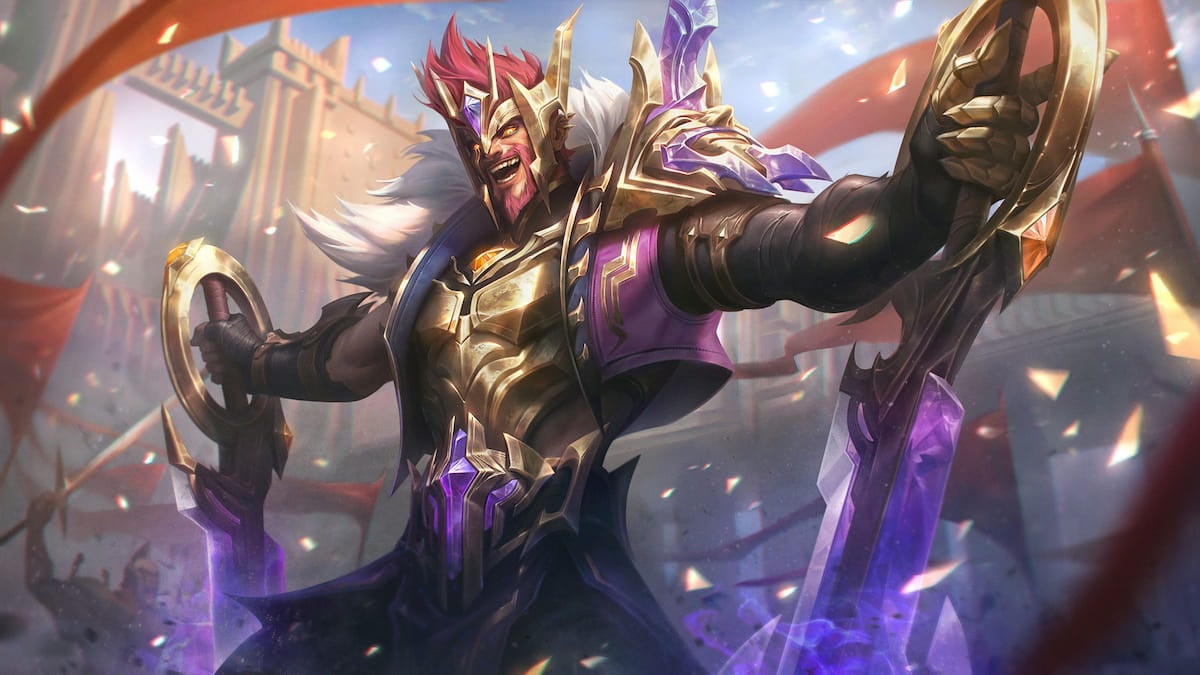
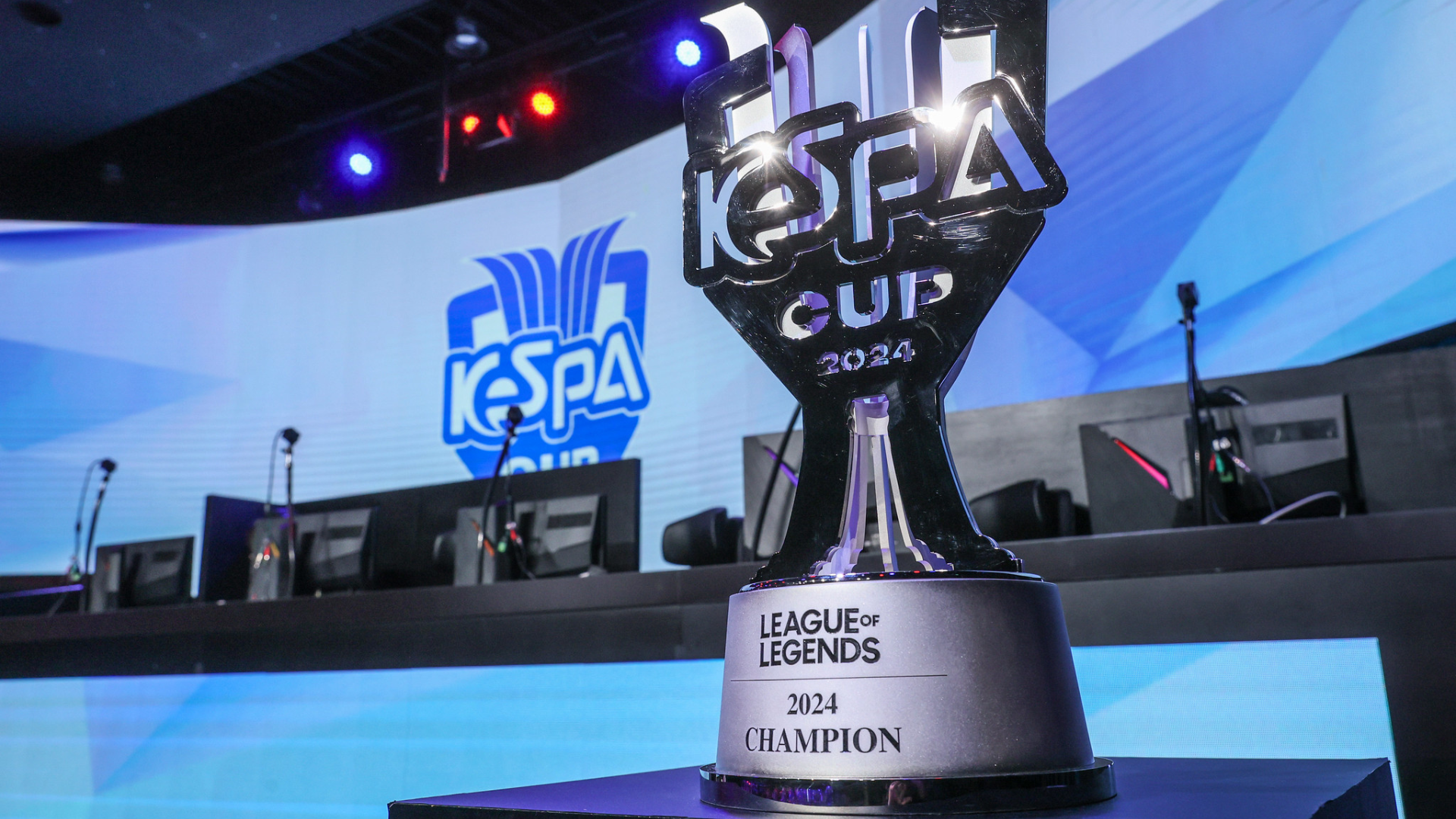
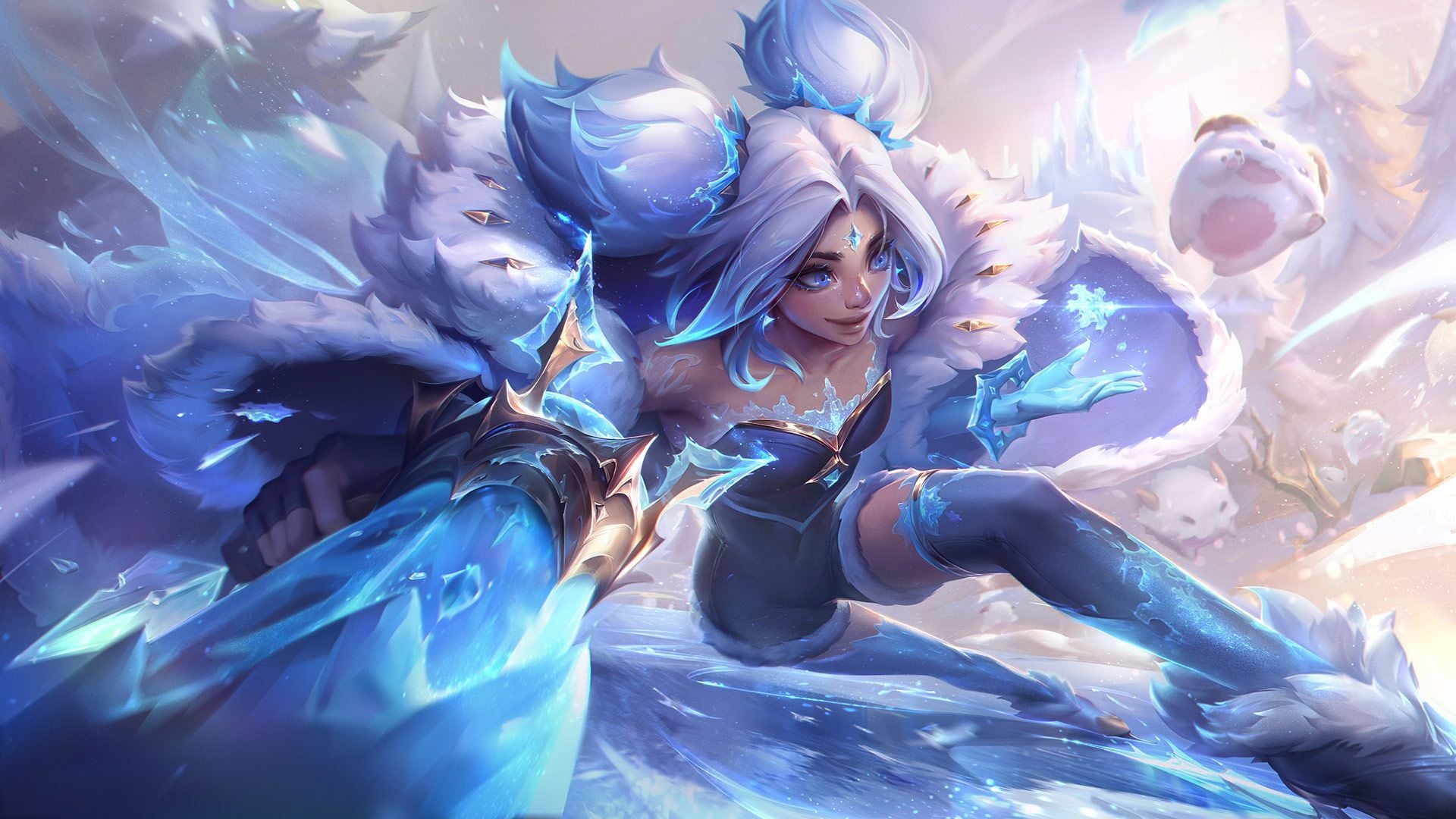


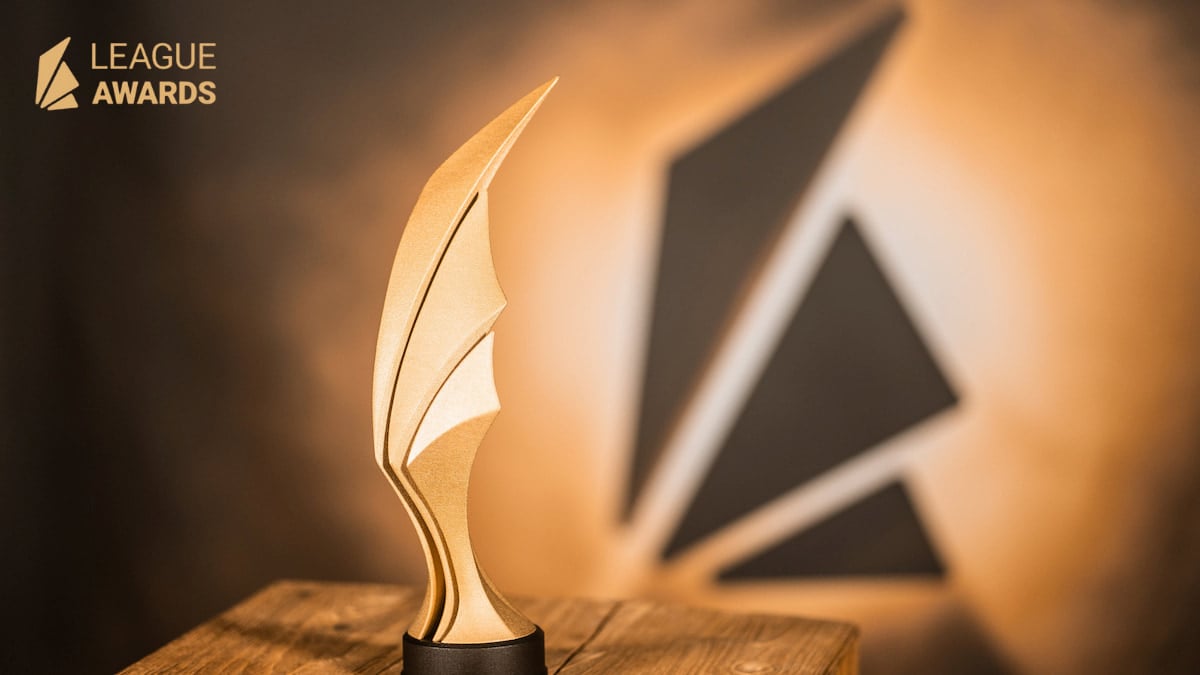
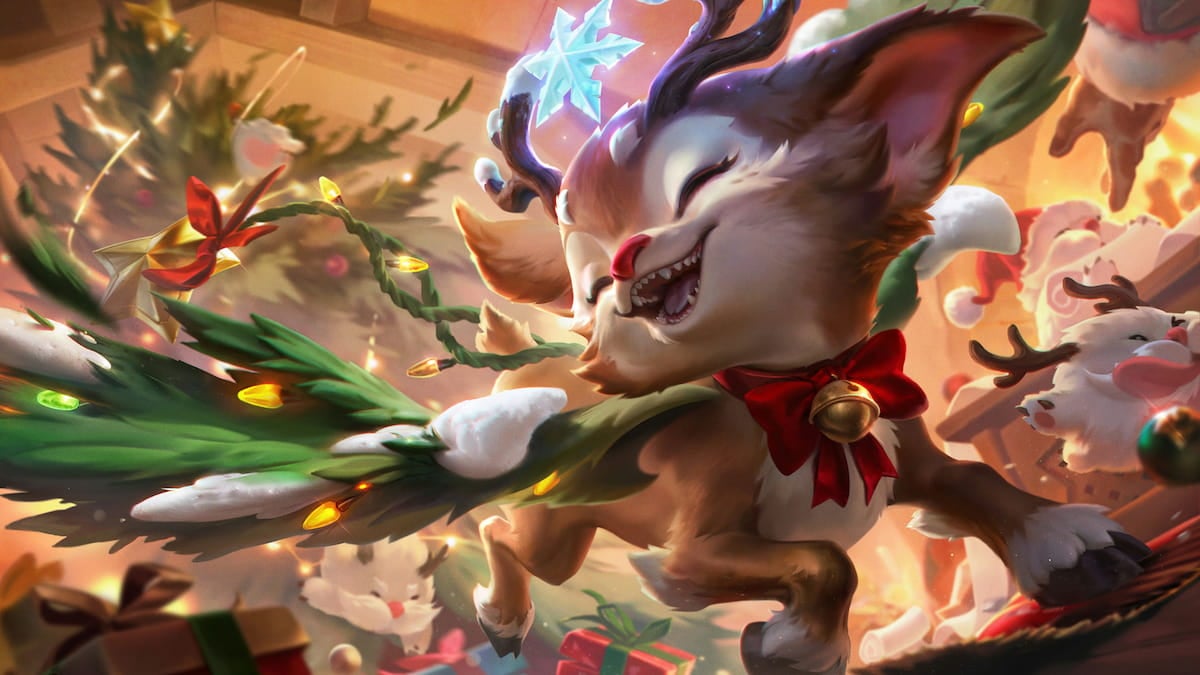
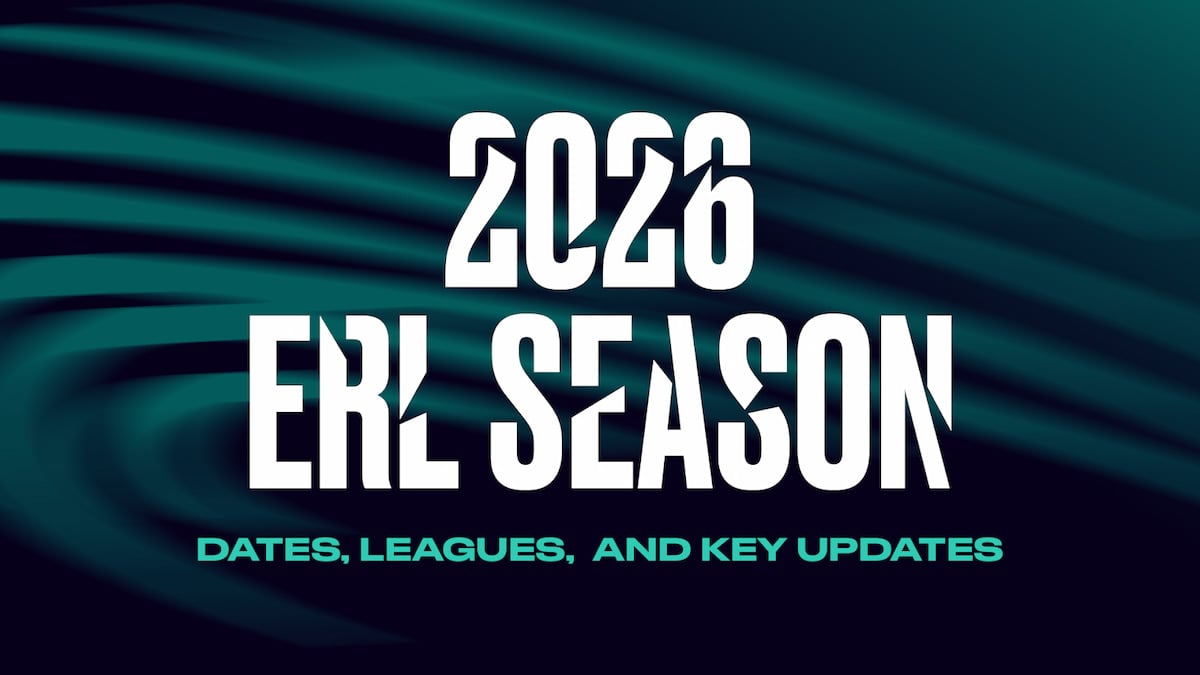
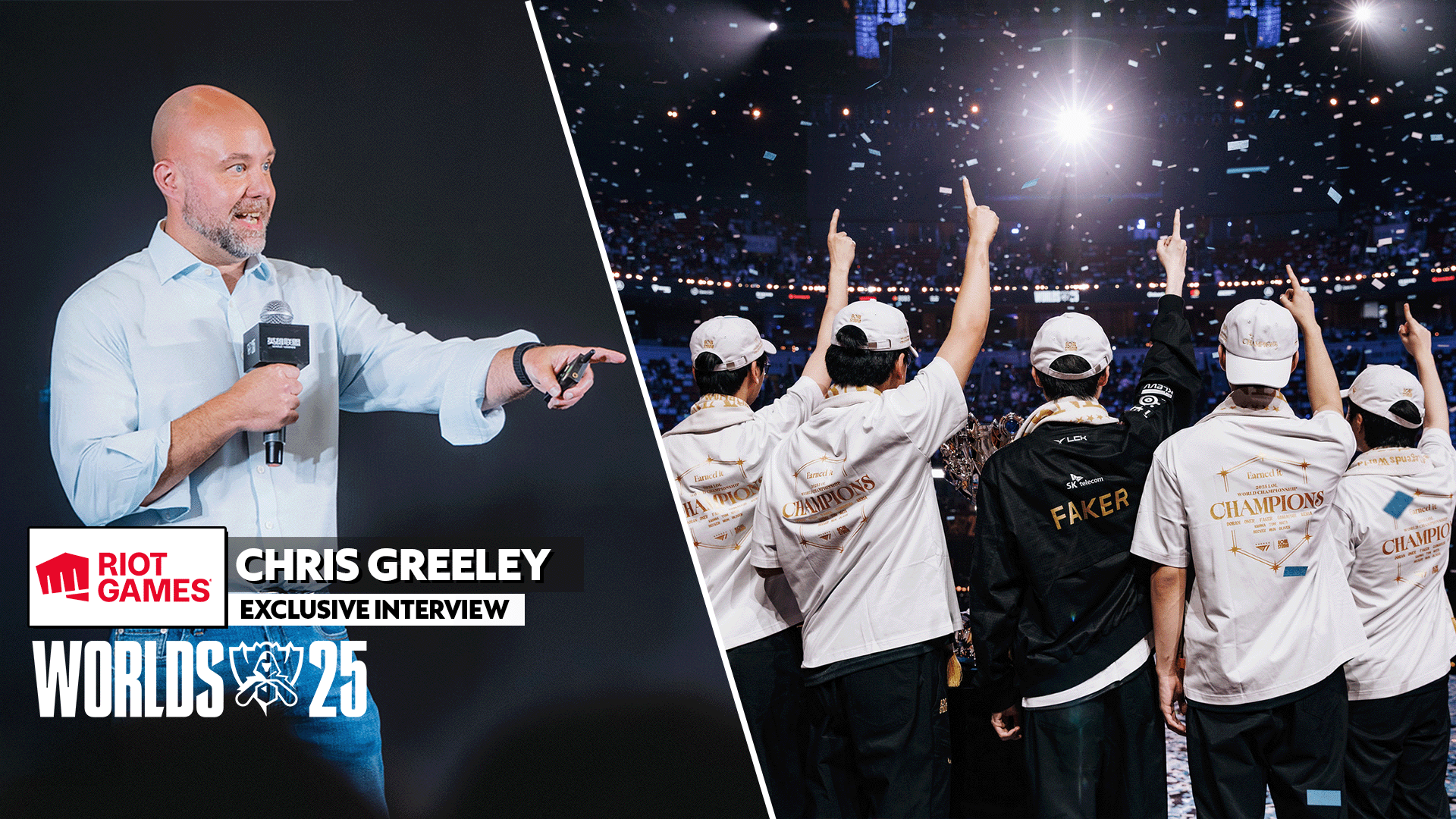
Published: May 17, 2016 08:33 pm